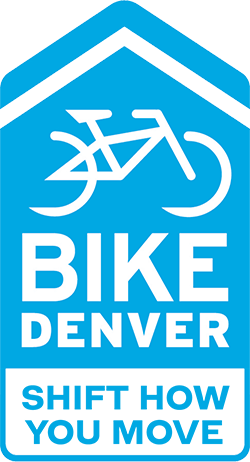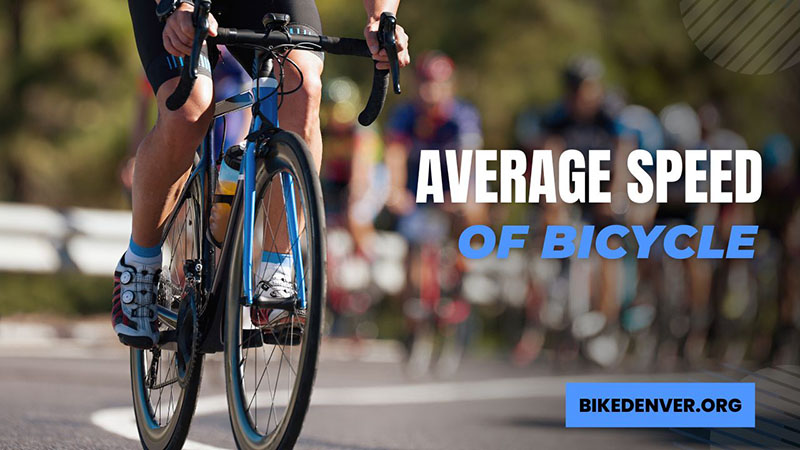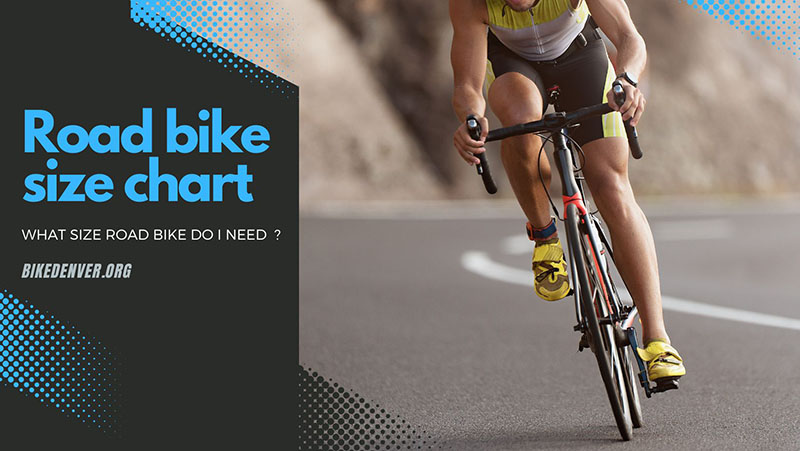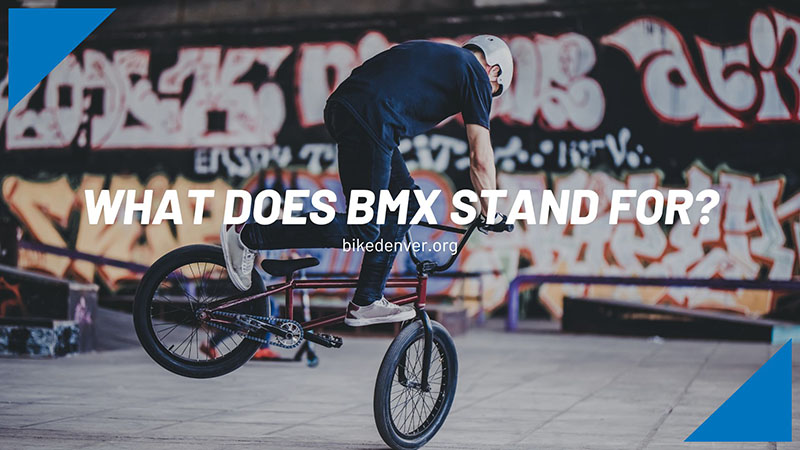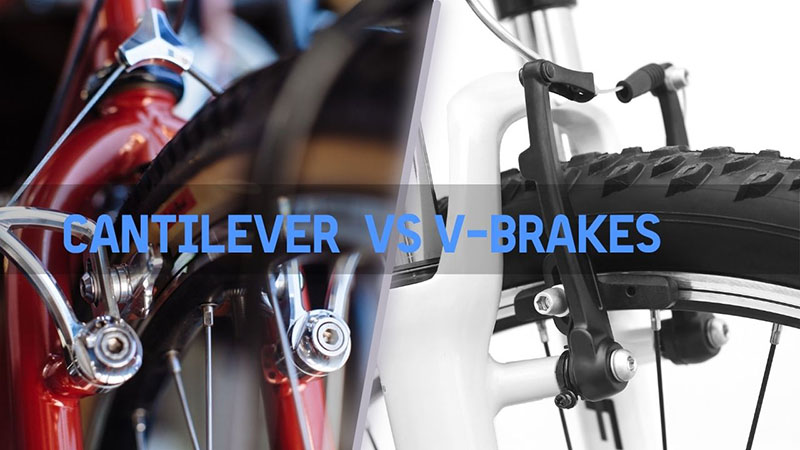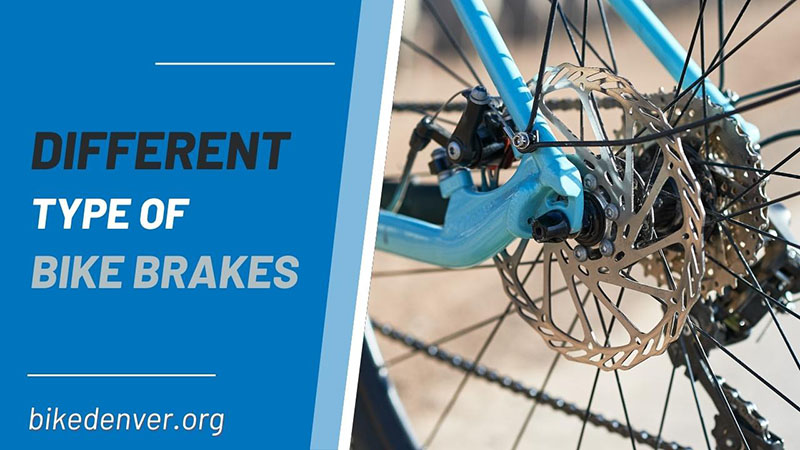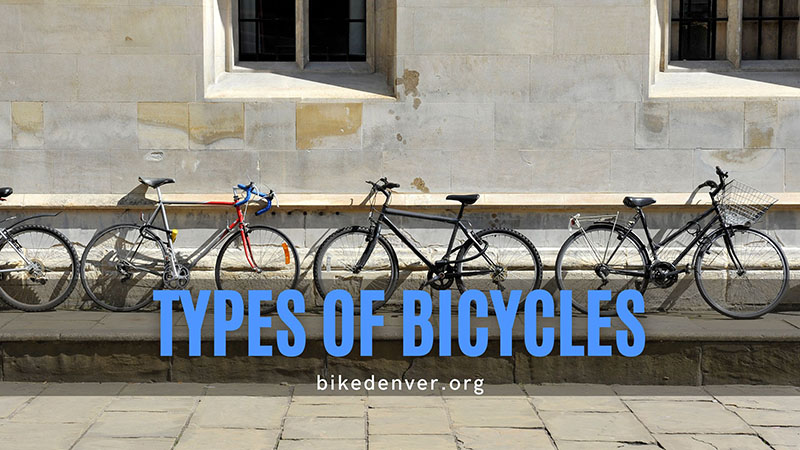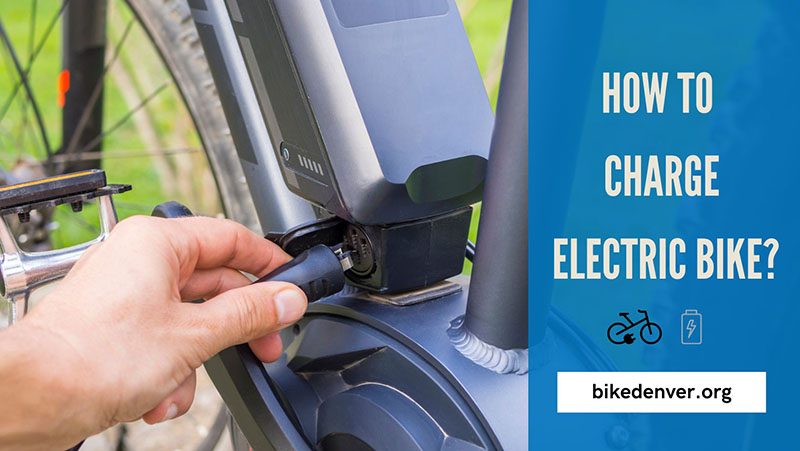When the topic of fast vehicles comes up, most people naturally think of cars, airplanes, or motorcycles. The thought of a simple, regular bike has never crossed their minds. But do you know that even average riders can bring them to incredible velocity with the right technique and riding position?
This article will explore how fast bikes can go and lend more tips on improving your cycling speed. Other surprises also await!
Table of Contents
What Is The Top Speed on A Bicycle?
Based on Riding Skills and Stamina
Average Bicycle Riders
Any untrained or beginner cyclist should expect to pedal their bike at an average cycling speed of 10 to 14 MPH (miles per hour).
Some weeks of strict training could boost this number to 15-20 MPH. And with another few more months of severe conditioning, he can easily reach 25 MPH – or better, 30 MPH – though that might be rare for non-professionalists.
Some readers require more scientific studies that explore the average velocities of worldwide cyclists and bikes. Here’s a quick sum-up of the results presented by Strava – a common social media app for cycling. The creator performs user data studies almost every year.
| Average Global Speed – Strava | |
| Woman | 12.1 mph (or 19.47 kilometers per hour) |
| Man | 13.7 mph (or 22.04 km/h) |
| Worldwide Average | 13.5 mph (or 21.72 km/h) |
As you can see from this table, the creators analyzed results from 5.2 billion cycling miles – with 20.19 miles of average riding distance (equating to 32.5 km). They include numerous types of bikes, varying fitness levels among riders, and cycling disciplines.
And after calculating 287.5 million rides, Strava concludes that the average riding speed worldwide is about 13.5 MPH, equalling 21.72 km per hour.
Still, remember that billions of riders in many countries do not use this application. Not to mention, anyone who is actually serious about their riding – to the point that they even install cycling apps on their phones – probably has better strength and stamina than normal people.
Hence, we suspect the actual average biking speed in real life might not be as high as the above figures.
Professional Cyclists
Professional, experienced cyclists are a totally different story compared to us regular riders.
Even the most low-ranking ones can easily reach 45 MPH with nothing but raw power outputs to push themselves forwards on the road surface and against the strong wind.
Competitive cyclists even perform better: do not be surprised if a Tour-de-France competitor rides the bike at 35 MPH, encompassing sprints, flats, and hill climbs.
And no, that’s still not even the end; professional cyclists in speed areas or velodromes are reportedly much faster than outdoor riders.
Thanks to the drome’s distinct shape, structure, and bankings (about 42 degrees), exceeding 60 or even 70 MPH speed limits is a piece of cake. No obstacles (like winds and rain) are there to stop them, which gives cyclists numerous advantages in propelling their bicycles to the hilts.
Regarding world records, so far, Todd Reichert still holds the throne for unpaced bicycles relying on nothing but pure leg power, with the maximum speed reaching 82.82 MPH.
However, the fastest speed overall is 183.93 MPH by Denise Korenek, a 44-year-old national champion in the U.S., in 2016. The record did face some backlash, with several people arguing that Denise achieved such a feat thanks to the dragster’s mechanical assistance and the race’s slipstream.
Nevertheless, we have the right to be impressed by it: that speed is almost comparable to a 747 Boeing Jumbo!
Based on Age and Bike Types
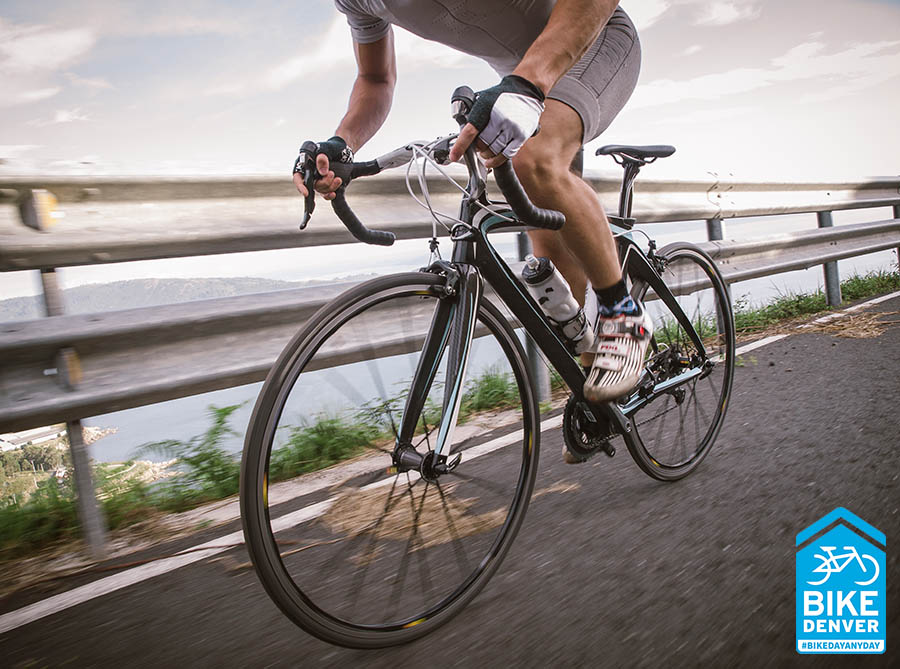
Another way to categorize metabolic rates is to rely on age and bike type – regardless of whether the riders are professionalists.
Based on Age
| Age | Average Speed in MPH |
| 18 – 20 | 17 MPH |
| 20 – 25 | 19 MPH |
| 25 – 30 | 22 MPH |
| 30 – 35 | 21 MPH |
| 35 – 40 | 19 MPH |
| 40 – 45 | 18 MPH |
| 45 – 50 | 15 MPH |
| 50 – 55 | 14 MPH |
| 55 – 60 | 12 MPH |
| 60 – 65 | 11 MPH |
The older you get, the more your cycling ability will increase before going down.
Once your peak (the mid-20s or mid-30s) has been reached, you will see a gradual reduction in the functional threshold powers (FTP in short), which refers to the power level sustained in one hour. When FTP decreases, so will your average speed.
Based on Bicycle Types
This chart disclose the speed variations among various bicycle types common in most bike shops:
| Type of Bike | Average Speed |
| Mountain bikes | 10 – 12 MPH |
| Hybrids | 12 – 18 MPH |
| Touring Bikes | 11 – 15 MPH |
| Gravel Bikes | 15 – 16 MPH |
| Road Bikes | 15 – 20 MPH |
Let’s have a closer look at each of them!
Road Bikes
The average speed of most road bikes can reach 15 to 20 MPH on flat, smooth surfaces. Any regular rider can sustain such velocities during short bursts.
Furthermore, these bicycles’ narrow tires allow better speed and increased air density – though those preferring wider tires can turn to more modern models instead.
Mountain Bikes
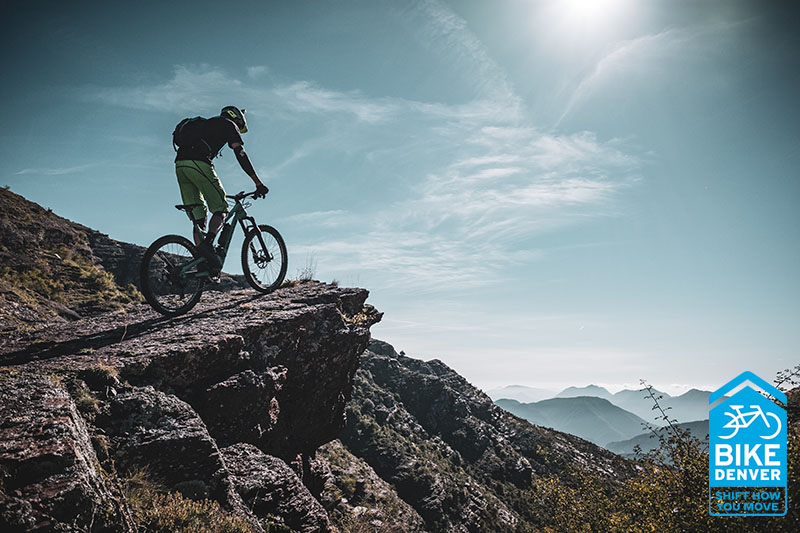
These bicycles are designed for bike commuting off-road, meaning they are a great match with rough surfaces. Cases in point include mulch, sand, and dirt paved trails. So many obstacles on the go hinder your pedaling speed, averaging from 10 – 12 MPH only.
Of note, their wider tires lend more room for rolling resistance. Hence, your tire surface will have more contact with the bike lanes and roads, producing extra friction that slows down your process. To push forward faster, you have no choice but to pool more effort.
Hybrids
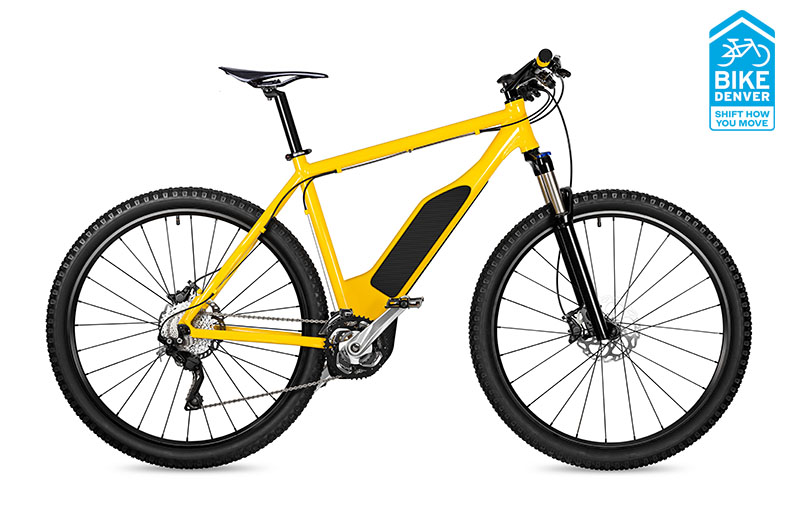
As its name suggests, “hybrids” are a technical combination of mountain and road bikes to enhance cycling fitness. Like mountain bikes, wider tires equate to more friction and slower pace. But in compensation, you can trust their stability.
Touring Bikes
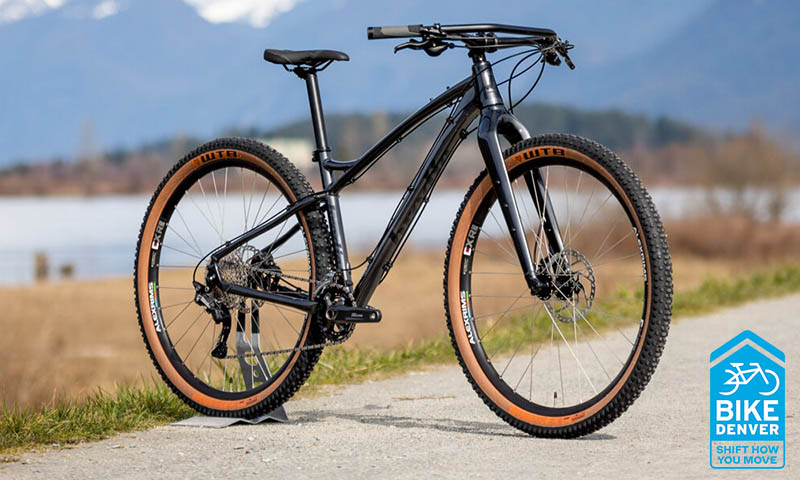
These bikes are made for tourists engaged in long-distance biking. Many people pick them up for travels that last several days for simple reasons: they are durable, comfortable, and offer more than enough room for water, food, and gear.
Still, a closer look would reveal that touring bicycles do not foster speed. Since their structure must be strong to withstand long-distance trips, steel is their main material. While stability is ensured, they are also heavier bikes than other types.
Gravel Bikes
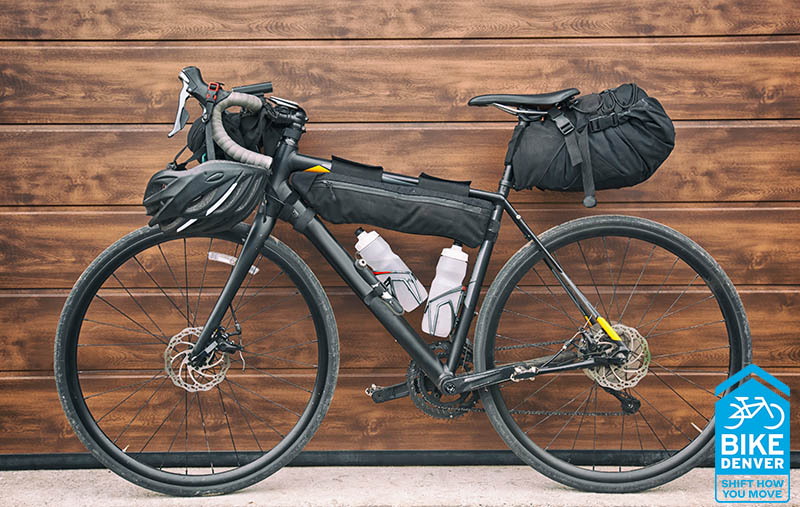
Gravels incorporate road bikes’ designs and mountain bikes’ wider tires to let cyclists overcome numerous terrain and surface types, even the toughest ones!
One special charm about gravels is that their wheelbases are longer, with more comfortable geometry than a road bike. Hence, singletracks, dirt trails, and gravel roads are just a piece of cake for them.
Even better, cushioning and traction are plenty, making your ride even more comfortable. That’s why their velocity is second only to road bikes.
Factors That Might Affect Bike Speed
Weight
Gravity defines your overall body weight. The more powerful the gravitational force works against you, the more weight you gain.
Under that greater force, you have to endure more drag and invest in more elbow grease to keep the wheels rolling, significantly slowing the speed.
Wheels and Tires
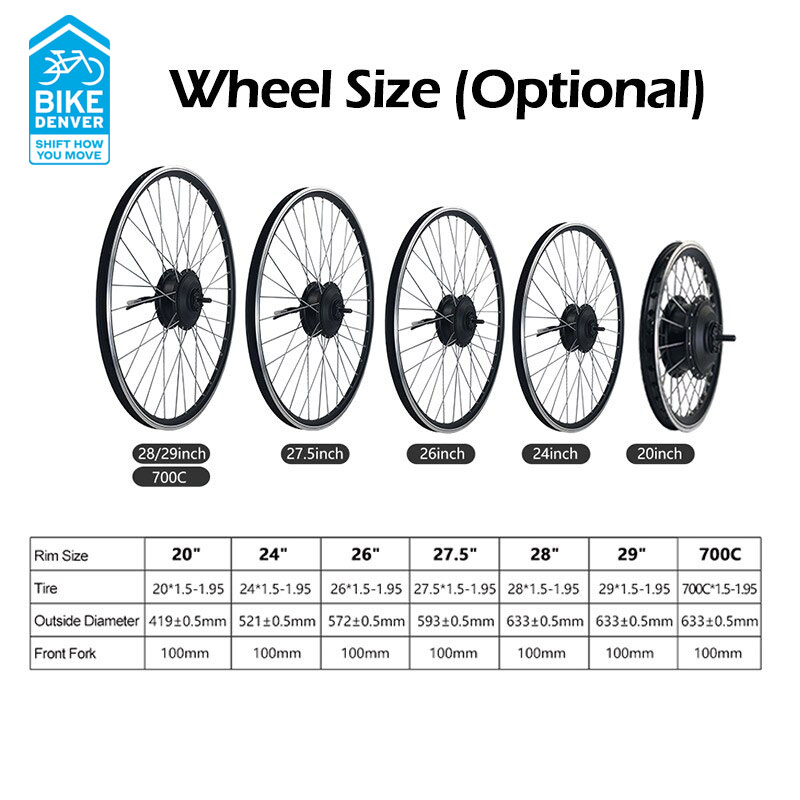
Bigger tires correlate with faster speed. Also, different tires (with varying inflation levels) behave differently across surfaces. For instance, low-profile tires are proven to have better surface grip.
Suspension Systems
They are comparable to an absorption spring that reduces bump impacts and renders them less violent. High-quality ones will relieve your muscle load, pushing your bicycle faster.
Strength
The more pedaling power there is, the stronger you will be. Endurance also plays a part in cycling speed since your thigh and leg muscles demand glucose, fatty acids, and oxygen to release the required energy. Hence, increasing stamina is your best bet to boost lung capacity.
Quick Tips to Improve Speed
Note down these quick tricks:
- Be mentally prepared. Put out specific goals to train yourself on a daily basis for better speed.
- Engage in training programs. If you cannot afford it, at least make a training schedule and comply strictly.
- Master the most important riding styles and techniques: pedaling, paceline riding, handling, and cadence.
- Ensure the bike setups are alright (the wheel and the frame match, no ill-fitted compartments, adequate tire pressure, etc.).
See also: How Fast Do Electric Bikes Go?
Conclusion
Our well-researched guidelines have scoured and summed up all the relevant information tidbits regarding how fast the biking speed is.
As you can see, though most of them might not be able to compete with faster motor vehicles (ex: motorcycles) in this regard, there are still tips that professional cyclists adopt to increase their performance.
Sure, we know you might not want to become a record-breaking rider, but these tricks still lend some excellent support to your daily trips!
Keep them in mind for a better riding experience. As usual, any further needs for clarification and advice are always welcomed.
